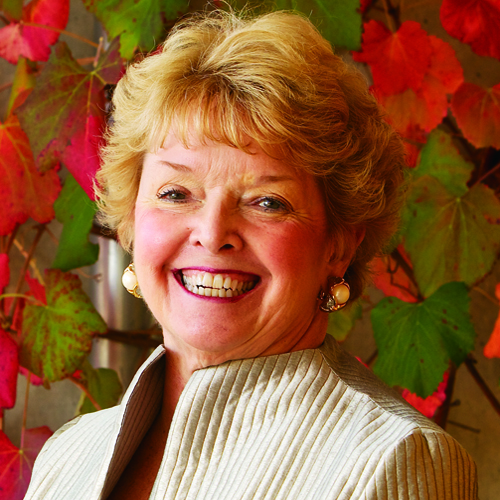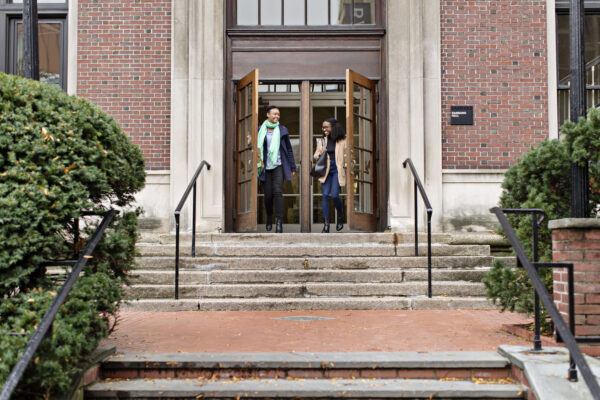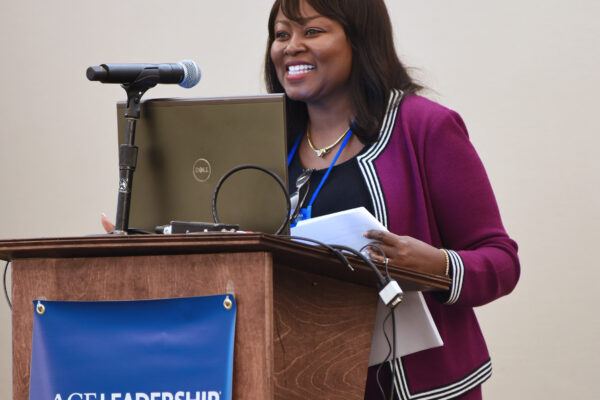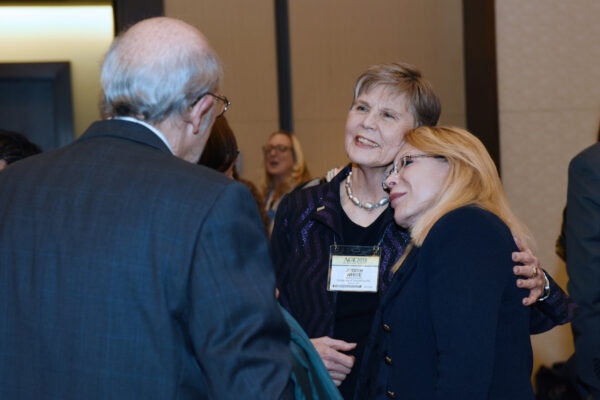By Karen Haynes
It’s being hailed as the largest protest in U.S. history. Millions gathered in more than 500 cities across the nation and around the world to stand up for gender equality, diversity and inclusion, and in a unifying voice declare women’s rights as human rights.
Many of you in academia marched in the sea of pink hats and signs. You led chants and heard speeches that echoed the importance of solidarity. You stood shoulder to shoulder with those you love and those you just met. You carried an important message. It was a day that far exceeded all projections.
Now, in the wake of the momentum, many are asking: Where do we go from here?
The answer is up to us.
It’s up to all of us—but particularly for those in higher education—to decide if Saturday’s march was merely a historic demonstration of our constitutional rights, or if it will serve as a powerful jolt, like a defibrillator to the heart of America, reviving the women’s movement for the next generation to continue pushing progress forward.
In this time of cynicism and fear, we as educators, explorers, researchers and critical thinkers must commit ourselves to being the solution. After all, we believe in data, not alternative facts.
I have heard women from younger generations say that equality has been achieved and that they haven’t encountered barriers. If that is true for them, I am delighted. Clearly some progress has been made. But that is not the case for all women. Sexism still exists. Many still experience discrimination. Many are denied the opportunities their male counterparts are given. Many are silenced, assaulted, victimized and made to feel ashamed. Frankly, it is unacceptable.
But I am hopeful, because millions marched with a similar belief that enough is enough.
The women’s marches brought much needed visibility. Still, we all know it will take more than one day and one march to bring about real change. We must have sustained interest and sustained pressure. We must know what we are fighting to overcome.

While some believe that the battle for gender parity in the workplace and beyond has already been achieved, this is just not the case.
The wage gap persists. In 2015, female full-time workers made only 80 cents for every dollar earned by men, despite being nearly half of the workforce and having more college and graduate degrees than men. If this same slow pace continues as it has for the past 50 years, it will take until 2059 for women to finally reach pay parity, according to the Institute for Women’s Policy Research. We also know that women reach glass ceilings in their careers and are often sidestepped in promotions. Less than five percent of all Fortune 500 CEOs are women.
We know that women represent only 19 percent of Congress and 24 percent of state legislatures. California ranks 32nd in its proportion of women in the state legislature.
Even in higher education, the gender disparity is prevalent. I am one of those statistics. According to ACE’s The American College President 2012 report, only one in four college presidents is—a number that has remained largely the same for over 20 years.
That’s why ACE’s Moving the Needle initiative—a campaign to promote gender quality in higher education—is so important to me. I was one of the first signatories on the initiative because I know what it feels like to fight everyday against gender bias. In fact, I also launched the ACE Texas Network in the 1990s and helped revive the Southern California Network almost 10 years ago.
I have spent four decades in higher education—22 of those years as a university president. Much of my career has been as the first, often the only, woman in a field of men. First in my family to attend college. First cohort of doctoral social workers at the University of Texas in Austin. The only female professor in my department at Indiana University at Bloomington. First woman dean at the University of Houston. First woman president of Cal State San Marcos. And now, first woman to hold the position of senior president in the 23-campus California State University system.
There remains an uphill battle to be judged as both a good woman and a good leader. So where do we go from here?
Find a mentor. Be a mentor. My working mother was an early role model for me at a time when women working outside of the home was against the norm. In addition, I earned my bachelor’s degree from Goucher College, an all-women’s institution in Maryland, which provided me with many role models during the height of the 1960s feminist movement. Both of these early influences put me ahead of many in my generation.
Talk. Talk to other women. Talk to men. Talk to your children. Talk to your legislators. Talk to the person sitting next to you right now. Engage in meaningful dialogue, and listen. We must show that as women leaders, we possess a unique set of experiences and perspectives that differentiate us from our male colleagues.
Vote. Lead. Advocate. Run for political office.
Gather. In networks, in professional associations, in your community, at your workplace, at a rally.
The women’s marches were wildly successful, but we cannot let that exhilarating and revitalizing energy die. We are powerful allies for each other. I know I will continue to do my part—to keep walking the talk, to keep climbing that ladder, to keep reaching back with a hand to those behind us. Because when it comes to the future, our time to act is now.
Where we go from here depends on us. Are you in?
If you have any questions or comments about this blog post, please contact us.



